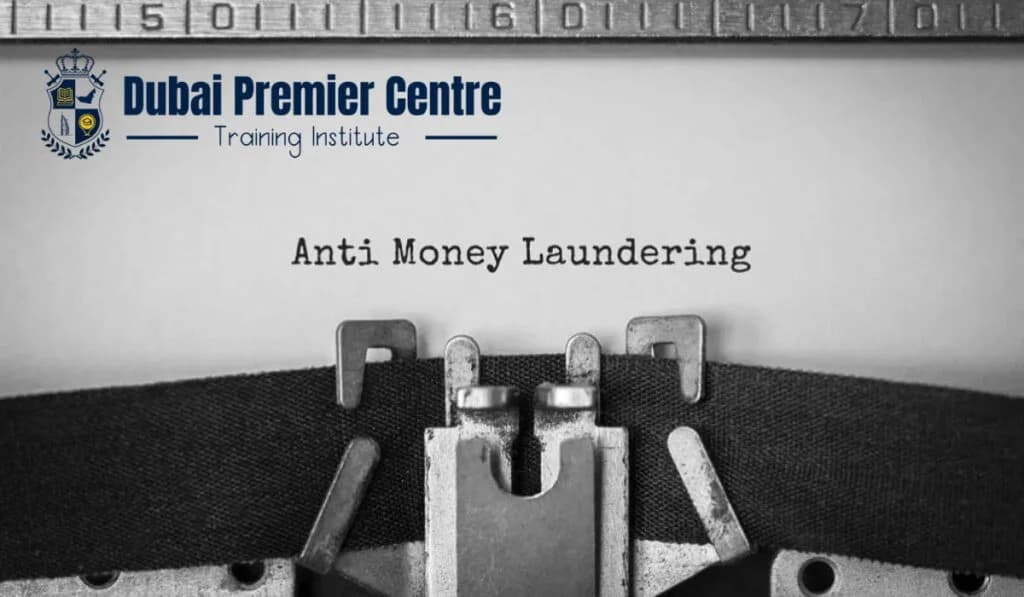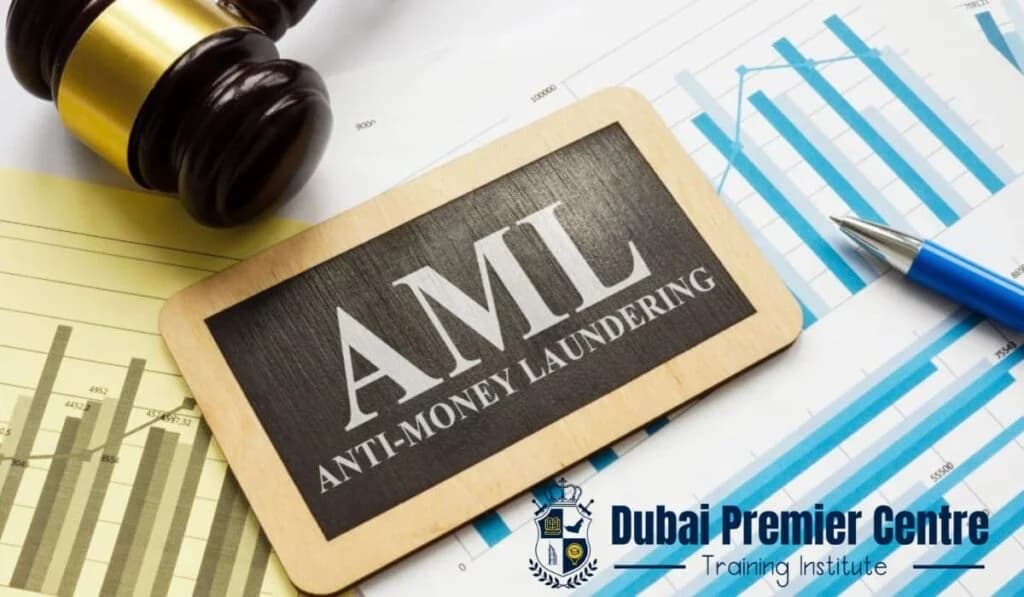
In todays digital world, knowing the AML audits and its importance. These audits are important for companies to follow the rules and prevent illicit money activities. This article sheds light on the importance of anti-money laundering audits and the necessity to follow the newest rules. These rules and regulations suggest organizations should think about having an independent team to check their AML work.
These audits help businesses to improve their rules and working systems against money laundering. Furthermore, having an independent audit team is valuable because it provides the honest review of the orgnaziatio’s anti-money laundering programs. In this way one can better reduce the potential risks of fraud.
The company itself or any outsider experts can do the AML audits. Sometimes it is essential to involve the outsider in these audits because of its complexity and the requirement for special knowledge.
What is an anti-money laundering audit?
Nowadays, regulations to stop money laundering are getting complicated and changing quickly. Banks and other financial institutions need to improve their AML plans and controls. According to the Basel AML Index 2022, global money laundering risk decreased slightly, with a score of 5.25/10. It highlights that anti-money laundering systems are not working well and allow many financial crimes to happen.
One of the major causes of weak AML compliance is not having anti-money laundering rules on a regular basis. Just spending more money on AML is not enough to solve the problems.
To rectify AML compliance gaps, it is important to determine the root causes of fines and violations. Subsequently, the necessary actions should be taken to rectify these issues. An AML audit reviews a company's policies and procedures to avoid money laundering. This third-party review illustrates the degree to which the company complies with AML regulations and helps improve its program.
How do AML audits work?
The exact steps of working on AML audits can change depending on business type, rules, location. But most of the AML checks follow the below mentioned steps.
Here's an easy breakdown of the usual process.
1. Pre-audit preparation
At this stage, the company will be informed of the audit. The auditors and the company must sit down and discuss what the audit will entail, its objectives, and the timeline so that everyone is aware and agrees.
The auditors will also request significant documents regarding the company's AML (Anti-Money Laundering) program. They will review these documents to understand how the AML system is functioning:
- AML rules and guidelines
- Steps to adhere to
- Risk checks
- Previous audit reports
- Training records
- Evidence of monitoring and reporting activities
2. Opening meeting
In this step people will meet first to discuss audit objectives, steps and what it covers. This meeting has an aim to set clear communication rules and provide explanation of intial findings from earlier document checks. The team on the basis of these initial findings can decide what to do next.
3. On-site examination or remote review
AML audits can be done in two ways. They can be done face-to-face or online. Auditors will review the AML rules, procedures, and controls in detail. They will interview staff, watch how things are done, and review transactions to ensure compliance with AML regulations.
Transactions will also be examined by auditors for any unusual or suspicious activity. This is to ensure that the correct checks, monitoring, and reporting are being performed.
4. Identifying findings and complexities
Auditors will collect all their observations and find out where the AML fails to follow rules or how it can be better. They will also mention good practices.
They will think about how these issues might affect the organization’s ability to follow rules and manage risks.
5. Exit meeting
The final meeting occurs with the leaders of the company to discuss what was discovered during the review, such as issues (such as rules not being obeyed) and how to improve.
This meeting also provides the company with an opportunity to clarify questions and present their side before the final report of review is released.
6. Audit report
In this step the auditor makes a clear report that provides the detailed explanation of how the audit was done, what risks were found and what improvement is needed. The organization read this report and commented on it.
After getting the answer from the organization the auditor will make the final report.
7. Follow up and corrective actions
Teams must come up with plans to correct problems discovered while doing checks. Plans must include what repairs will be made, by whom, and when they will be complete.
Occasionally, a contract or regulations provide for another check in the future. This serves to determine if repairs were properly completed and worked correctly.
Differences between AML audit and financial audit
Both AML audits and financial audits are significant tests conducted on businesses. They assist in ensuring everything is legitimate and under the law. But they examine different aspects.
AML Audit
An AML audit verifies how well a business prevents money laundering (criminal money activities). The aim is to ensure the business complies with money laundering regulations. This involves verifying:
- How the business identifies risks
- How they screen their customers
- How they understand their business and customers (KYB and KYC)
- How they monitor transactions
- How they report suspect activity
Financial Audit
A financial audit examines if the company's money records and reports are proper and comprehensive. It examines:
- Balance sheets (what the company owns and owes)
- Income statements (money received and spent)
- Cash flow statements (money received and spent)
- Other key documents
Importance of AML audit
The most important part of anti-money laundering audits is to follow worldwide AML rules and regulations. This includes checking for updated laws and guidelines.
AML audits are important to avoid financial crimes because they assist banks and other financial institutions to reduce the risk of fraud and money laundering crimes.
These audits can help to find the source of illegal money that might become part of the financial system without being noticed.
Furthermore, these audits help businesses stay updated in this digital world. For this purpose, companies should:
- Have a strong internal audit team
- Use a risk-based AML method
- Carefully review how their compliance team manages risks and reports to regulators
With time, these audits help to improve business efficiency and build trust with customers. It also protects company from avoiding heavy fines and penalties.
Steps to follow for good AML audit
As we discussed above that AML audits help organizations make sure that all rules are followed to make business secure. For an effective AML audit, Money Laundering Reporting Officers must follow these steps:
- Develop a robust system to implement AML and CFT regulations.
- Comply with all regulations and laws in all locations the company operates.
- Monitor risks regularly to prevent new threats from money laundering or terrorist financing.
- Verify and know who the customers are and what business they conduct.
- Ensure employees comply with all AML regulations and procedures.
- Identify and report any unusual or suspicious behavior.
- Apply additional checks and continue monitoring high-risk customers, services, and locations.
- Keep all data necessary in safe and confidential conditions.
- Take firm action if any individual violates the rules.
These steps help keep the company safe and legal.
AML audits help to avoid money laundering
An AML audit is a vital independent examination that ensures that a financial institution's anti-money laundering processes adhere to regulatory requirements and are operating effectively. It confirms the effectiveness of internal controls, customer due diligence, and transaction monitoring systems intended to detect and deter money laundering transactions. Independent audits facilitate the detection of weaknesses and the provision of improvement suggestions, hence enhancing the institution's overall compliance framework.
Dubai Premier Center Training Institute provides a detailed Course in AML Compliance for Financial Institutions, which prepares professionals to effectively design, implement, and audit AML pr
Read Related Articles





